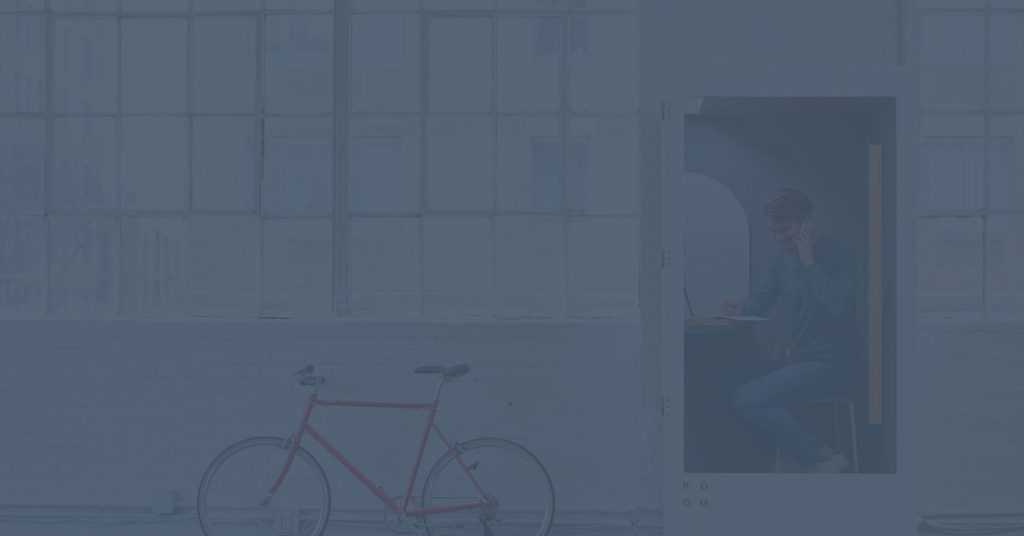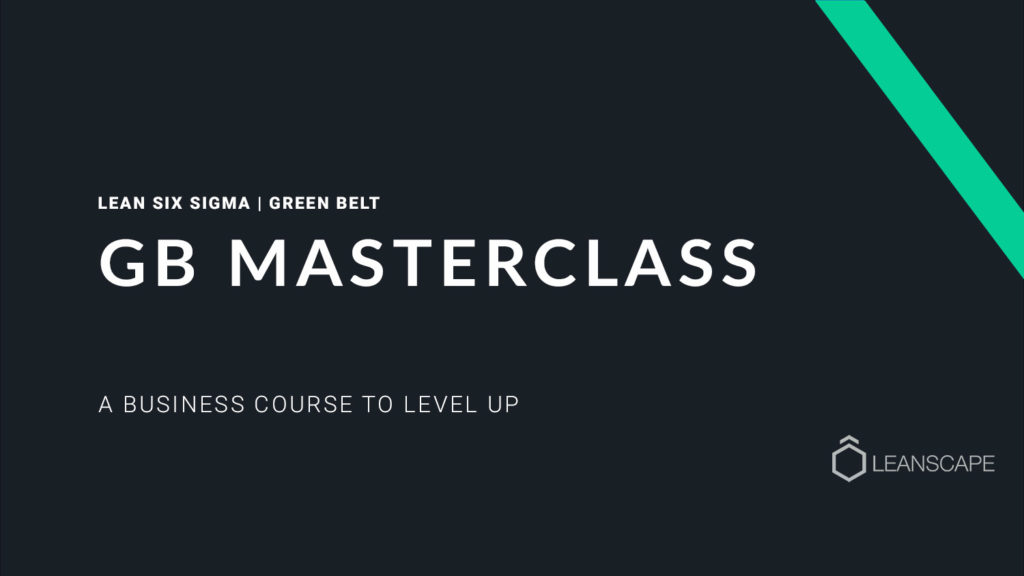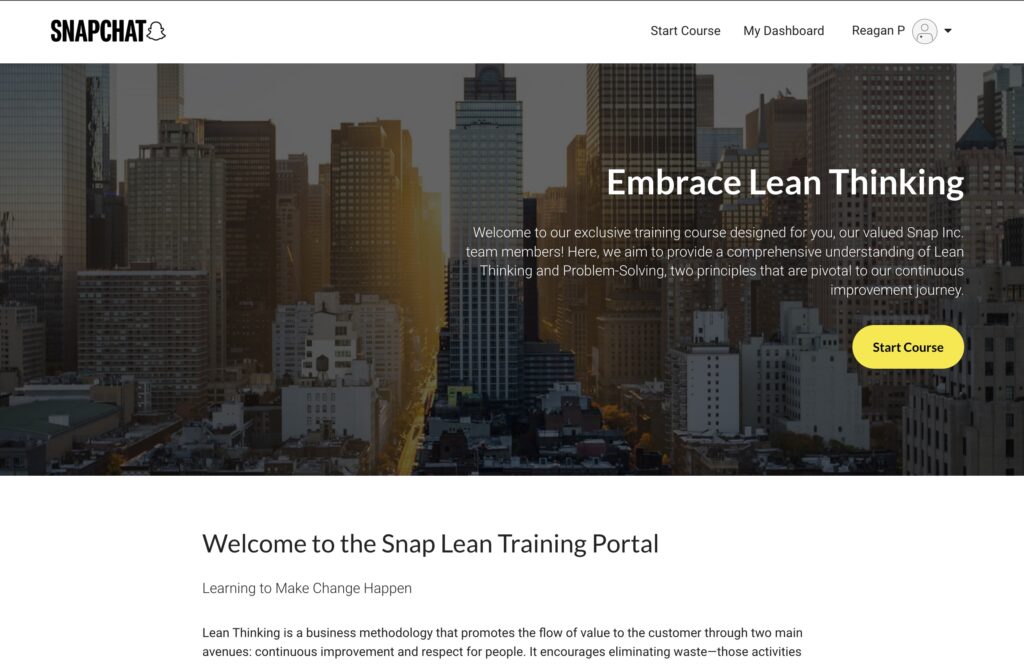Standard Processes are at the heart of Lean Thinking
At the heart of continuous improvement is the creation of standard processes. By standard processes, we mean an agreed standard way of working.
Without a standard process, we have no foundation to improve from. You can’t make improvements when every team member is working in different ways.
But when we standardise, we are just finding the best way to do the process today. Tomorrow it can change.
Standard Processes
To standardise processes is to create one way of doing things. This is not to standardise to remove employee creativity and flexibility. It is the opposite. By standardising the approach, we have something to improve, change, modify, test and iteratively improve.
By creating a standard way of working, we create the foundation that allows us to problem-solve. The standard is only standard for now, this instance, today or this week. If we find a better way of working tomorrow, we test and if the results are good, we adopt.
One Best Way – Todays Standard Process
Creating the right environment to achieve your goals is one of the foundational Principles of Lean. We call this 5S in tradition Lean training and whereas most training reduces this concept down to the bare minimum, we believe it has a far wider potential impact and larger appeal.
Staying on task and focused is more difficult than most people admit. All too often our environments, whether that be your work or your home, physical or digital, become a disturbance and in some way stop you moving towards your goal. They are full of potential distractions, things which don’t belong and “noise” which interrupts the work.
Therefore, taking time to think about and create the right environment will support you. It will also help surface potential roadblocks and problems.
Imagine if you found your car keys lying on the floor. Would you know there is a potential issue as they should be in the pot by the front door? Imagine a delivery package lying randomly on the floor of a warehouse. This would cause the same concern.
But what about if you leave your car keys everywhere and anyway everyday? Or multiple random packages are lying all around the warehouse? Will anyone notice anything strange?
The goal is to create an environment that supports what we want to achieve. This may be clearing out what distracts us or doesn’t need to be there or it may be adding things that support our focus. An environment is not just related to physical objects, but also sight, design, sound, touch, and smell.
5S is a standard approach
The 5S principles we will explore are seiri (整理), seiton (整頓), seisō (清掃), seiketsu (清潔), and shitsuke (躾) and are part of a wider concept on visual control.
Note:
If you want to see part of 5S in action, take a look at KonMari method in “The Life Changing Magic of Tidying Up”. Believe it or not, she just applied the first 2 to 3 of the 5S principles in people’s homes and now has a TV series.








